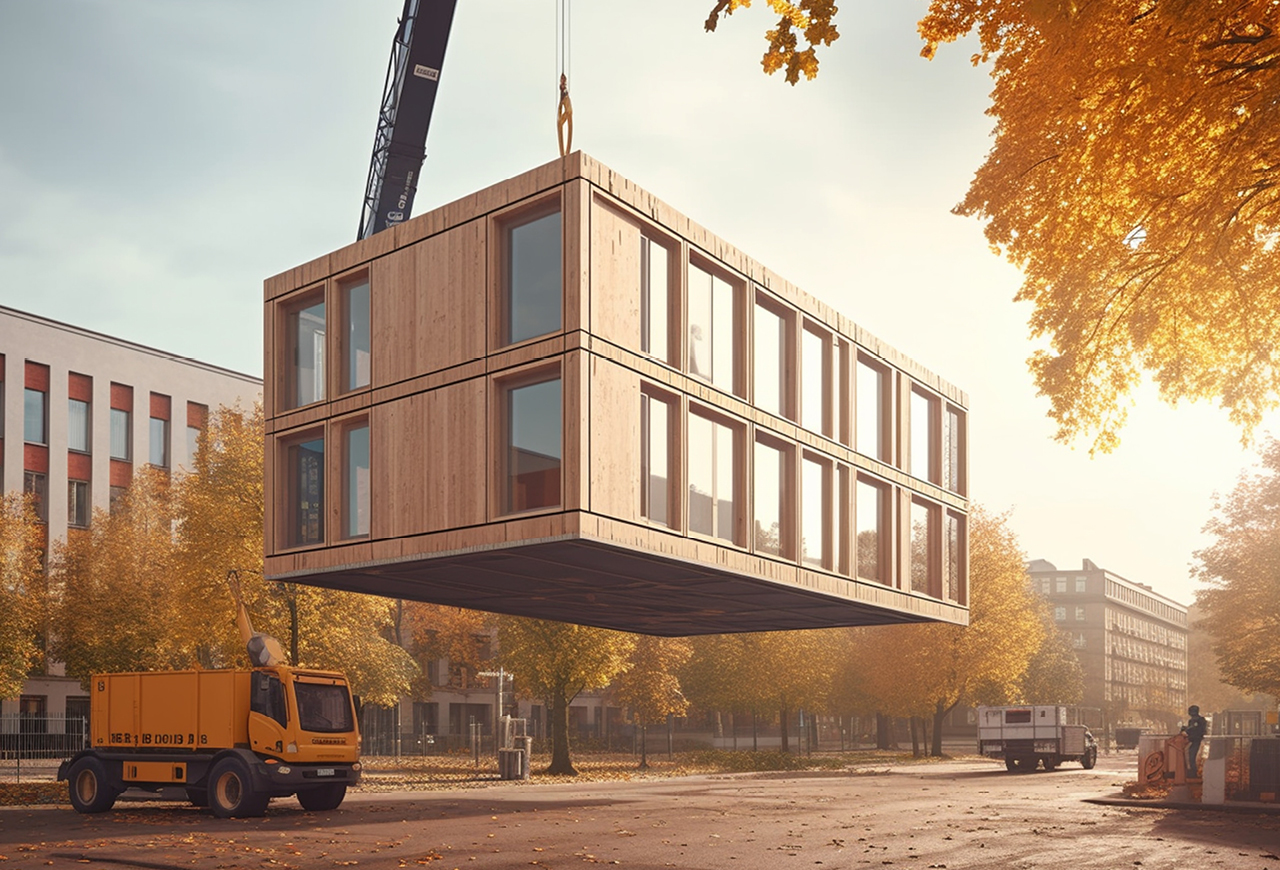The concept of the secondary suite, a segment tied to home improvement, has deep roots in Canada and was one of the most common forms of housing until the 1950s before various municipalities discouraged the practice and homeownership grew.
Addressing housing supply in Canada has never been more critical. Outlined in the “More Homes, More Choice” government plan, Ontario home prices and rents in many cities have risen faster than income levels. Over 80% of buyers are not able to afford the average resale price and 56% of renters are not able to afford the average two-bedroom apartment – all while 2% of rentals are vacant. Considering that it takes several years to build an apartment in Toronto, the need to create a short-term solution that addresses housing supply and affordability is a growing concern. Could secondary suites be the solution?
Importance of Secondary Suites
The concept of the secondary suite, a segment tied to home improvement, has deep roots in Canada and was one of the most common forms of housing until the 1950s before various municipalities discouraged the practice and homeownership grew.
Think of a secondary suite as a private, self-contained unit within an existing home that has its own bathroom, kitchen, living and sleeping space(s). Most secondary units are basement or garage units, in which renovation is conducted to create that space for a tenant or more family members. A similar concept is the Accessory Dwelling Unit (ADU), which functions as a secondary unit within the same lot as a primary residence – but are usually detached.
Secondary suites and ADUs have been regaining popularity and regulatory approval due to stresses put on renters and family members in finding an affordable housing, along with the growing interest for homeowners to receive rental income for unused spaces. In particular, secondary suites implementation has proven to be cost and time effective, with a lower-than-average cost and only taking a few months to complete.
Secondary suites are important in creating more housing – not just for increased home value or passive income but also in providing additional and affordable housing supply to a stressed market. In one University of Toronto study, it is suggested that Toronto could unlock 100,000-200,000 secondary suites for rental purposes through bylaw changes. A joint City of Toronto and Ryerson University study also shows that potential ADUs in Toronto could reach inventory numbers as high as 300,000-400,000. Already secondary suites have shown to lower rental costs by as much as 35% in cities like Portland and 24% in Vancouver.
In our previous blog, we explored the importance of creating more housing supply with high anticipated immigration growth rates in the coming years. Secondary suites can play a significant role in planning and accommodating newcomers and meeting housing supply pressures. A McMaster University study has shown that a significant number of immigrants over the last two centuries have utilized secondary suites as their first homes, with a disproportionate amount of secondary suite owners being immigrants. Re-invigorating and continuing support for secondary suites is key in meeting increased housing demand driven by immigration and in providing a stepping-stone towards housing mobility.
New construction technologies are enhancing real estate, equipping the industry to become more cost and time efficient, while creating new, sustainable opportunities in adaptable designs. Modular construction is popular among specialized ADU builders, however the cost of transportation and placement of modular ADUs can be challenging (imagine placing modular units via crane in densely built areas). For that reason, panelized construction and 3D printing have increased in popularity.
Several start-ups now offer guidance, permitting, and project management for secondary suites via a standard technology platform. Another option for homeowners is working with companies that cover the cost of converting a portion of the house into a secondary suite, while providing project management support – in exchange for partial ownership of the secondary suite.
Secondary suites are an important part of real estate and creating solutions that address housing affordability and supply. As new innovative solutions continue to evolve the industry, contractors, homeowners, tenants, and Canadians at large will all benefit.




